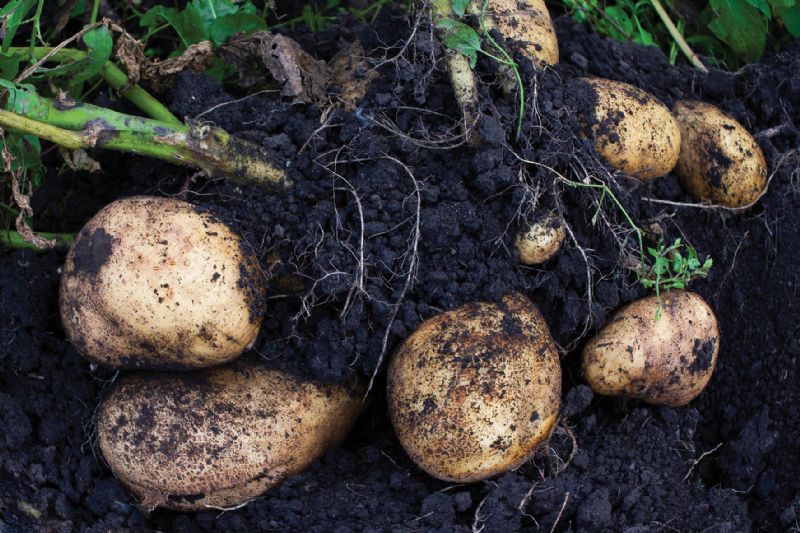- Home
- News, Articles & Reviews
We are hiring! Please click here to join our growing magazine delivery team in Gloucestershire!
Areas
Homes & Gardens
Archive

Have a go at ‘no dig’ gardening
All Areas > Homes & Gardens > In the Garden
Author: Julia Smith, Posted: Thursday, 28th July 2022, 09:00
It’s August and to be honest, most people’s minds are full of holiday thoughts, whether it’s sitting on a beach in the hot Mediterranean sun, or hammering tent pegs into a tent in a force 10 in North Wales!
Perhaps with the travel situation and flights being cancelled, more of us are thinking of staying at home and doing day trips. This will be good news for vegetable growing gardeners, as usually everything is ready to pick as soon as you head off for your holiday and you have to get a neighbour to pick and water. Let’s be honest, it can be a bit onerous even if you’re allowed to eat the 40 courgettes and two tons of runner beans!
I’ve read some very interesting articles on ‘no dig’ gardening and watched a couple of tutorials on YouTube. Charles Dowding is a great one to watch, as he explains the way to create new beds over the top of grass and perennial weeds by using old cardboard and building up compost on top.
He also often plants into the compost immediately. For example, a crop of potatoes will form in a new layer of compost and root in the weedy, undisturbed lower level under the cardboard. The weeds are contained under the cardboard, resulting in less digging and weeding.
Beneficial to the soil and less back-breaking
This type of gardening is really beneficial to the soil, as it is better for not being constantly disturbed by digging to get the weeds out. Over a period of two or three months the weeds just about disappear.
I’m sure that there are some instances where digging is the only way to sort out some problems – for instance, compaction where a ‘pan’ has formed down in the soil and needs breaking up to allow air and nutrients to move around. But this ‘no dig’ method seems to make a lot of sense and save a lot of back-breaking work!
August is the time for rejuvenation pruning of stone fruit; established peaches, acid cherries and nectarines fruit on growth made the previous season. They only need a light pruning and the aim is to keep an open shape to the tree and prune to a growth bud. Growth buds are pointed, fruit buds are round.
This is also the start of the apple season. To test if an apple is ready to be picked, lift it in the palm of your hand and give it a slight twist. If ripe, it should come away easily from the spur. If the spur and stalk are broken it is not ready so leave it a little longer and then try again.Other Images
Copyright © 2026 The Local Answer Limited.
Unauthorized use and/or duplication of this material without express and written permission from this site's author and/or owner is strictly prohibited. Excerpts and links may be used, provided that full and clear credit is given to The Local Answer Limited and thelocalanswer.co.uk with appropriate and specific direction to the original content.More articles you may be interested in...


© 2026 The Local Answer Limited - Registered in England and Wales - Company No. 06929408
Unit H, Churchill Industrial Estate, Churchill Road, Leckhampton, Cheltenham, GL53 7EG - VAT Registration No. 975613000You are leaving the TLA website...
You are now leaving the TLA website and are going to a website that is not operated by us. The Local Answer are not responsible for the content or availability of linked sites, and cannot accept liability if the linked site has been compromised and contains unsuitable images or other content. If you wish to proceed, please click the "Continue" button below:




